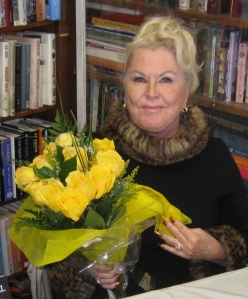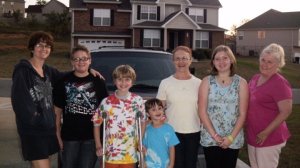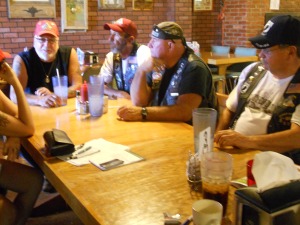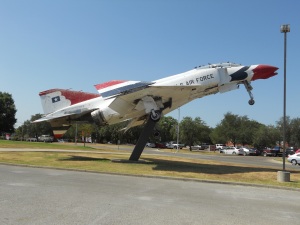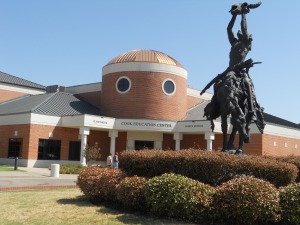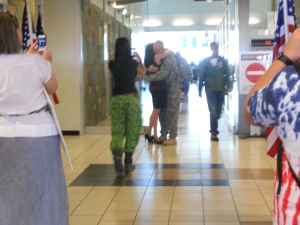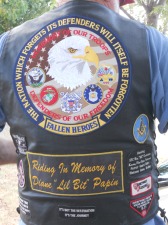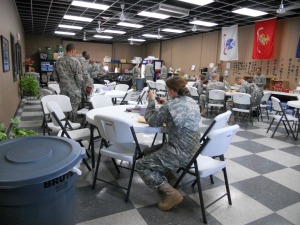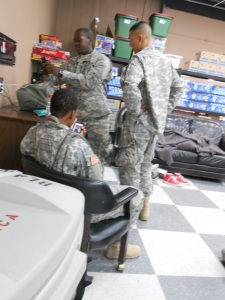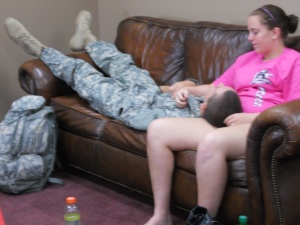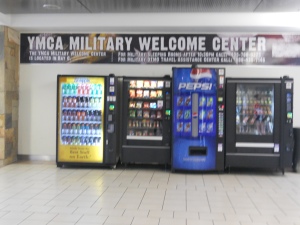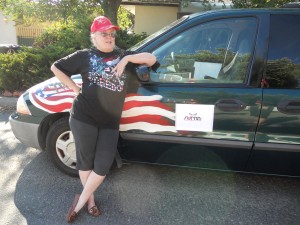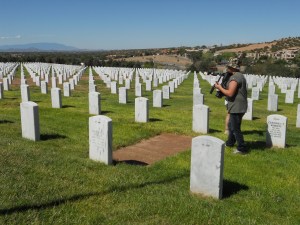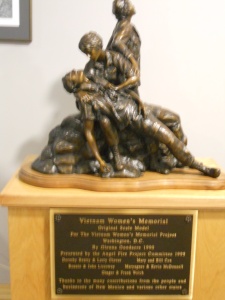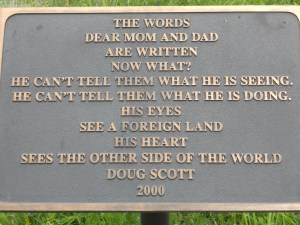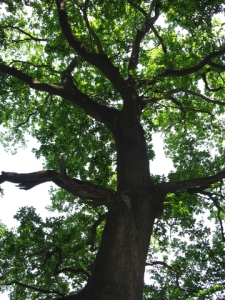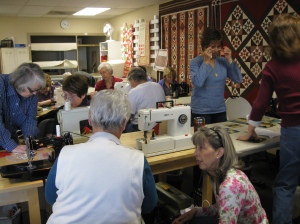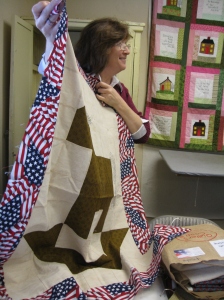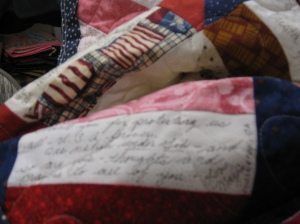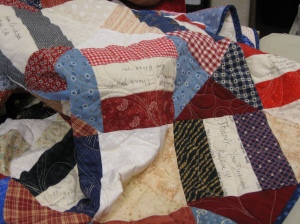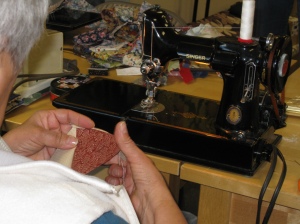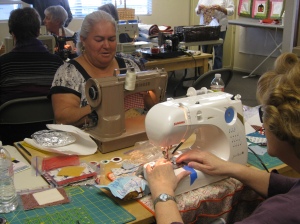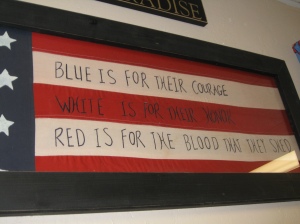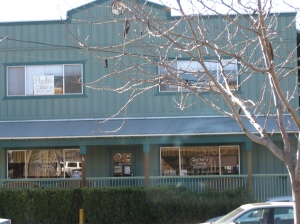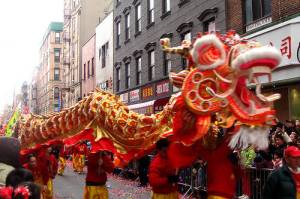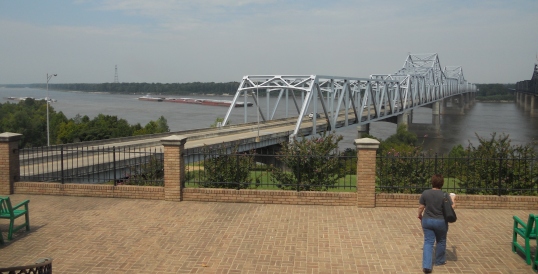Dottie’s thoughts about war
(In August of 2011, four American women set out to search for the heartbeat of the country. Dottie wanted to search for history, from the Civil War to today. Melissa wanted to meet with the young and old who serve in the military, and speak to their families about what it’s like to be a part of something so big, yet so personal. Genie wanted to test the difference between the wars of her sons and grandchildren and those of her own generation. And Skylar, being eleven, wanted to see the America she’d never seen before.)
Again, this is not exactly a guest blog. This is Dottie finally finding out where she stashed the journal she kept on our trip across the country. We enjoyed revisiting our trip and thought you might also:
Aug 12, 2011 Clarksville, Tennessee
Arrived about 1 pm. We will be here two days, three nights. On Aug 14 we will interview several wives of deployed soldiers about the life of the military wife – those that are left behind to keep the home fires burning, their stress of child-rearing problems, of having to take care of everything and what their men are like when they come home after a mission.
Aug 13, 2011 Clarksville (in the am)
The second day in Clarksville, and Genie and Renee are trying to line up some military wives to interview. They are finding it is not an easy task. The CO [commanding officer] is not giving an order to anyone, but there is a strong suggestion that it wouldn’t be a good idea.
What we offered was the option of complete anonymity. That way we wouldn’t jeopardize their’s or their spouse’s security. One of the things I find interesting in our quest is that speaking to anyone that is remotely associated with the media is approached with extreme caution. This is because of the media’s lack of integrity and negative reporting. I watched a news program the other day after the recent helicopter being shot down [August 6th, Afghanistan] and resulting in the death of thirty people [30 American troops, 8 Afghan soldiers]. In their news coverage, they revealed the families’ home town, their names, and virtually any information that would be needed should someone or an organization want retaliation.
The other side is, I find it hard to accept that what is asked of the men and women who often make the ultimate sacrifice, that their families must also make sacrifices. They too are asked to deal with the kind of stress often associated with a person going through a divorce, at each deployment. The spouse who remains at home must step into the role of a single parent. They take care of the household and everything that goes with it. Then when the deployed spouse comes home, it is difficult for the “visiting” spouse to pick up where they left off. In the case of men coming home, the decision-making and discipline of the household is expected to revert back to him, causing conflicts within the family. The very things we fight for as a nation are split asunder. Freedom of speech. The right to pursue a happy life with those we choose to love, and raise a family and preserve the sanctity of home.

